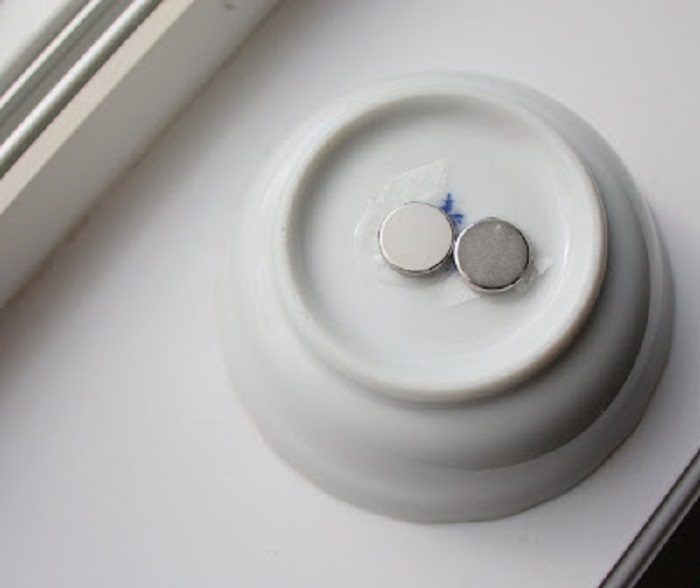35+ Sewing Hacks That Everyone Needs In Their Kit
By Harpreet K
This article was originally published on morehackz
The priceless skill of making fabric come together using a needle and thread will always be valuable as it requires a lot of patience and expertise. Even though you can buy ready-made clothes from the market, making them with your two hands is always more satisfying. With so many sewing resources and supplies available, it can be troublesome for a beginner to understand the value of each one. While some sewing tools are essential, others are just fun and optional. For all the sewing lovers out there, we have compiled some hacks that you can use to prevent your threads from getting tangled and your stitches from becoming wonky. These tricks will help you with various sewing projects, whether it’s as simple as keeping your sewing materials organized or keeping your scissors sharp, we have a handy tip. So, let us explore resourceful ways to make the sewing process easier than ever before.Keeping Scissors Sharp
Cutting the fabric evenly and smoothly is an integral part of any sewing project If you have dull scissors, the fabric will tear and fray, leaving you with less to work with, or ruining a project altogether. Hence, keeping your scissors sharp is vital.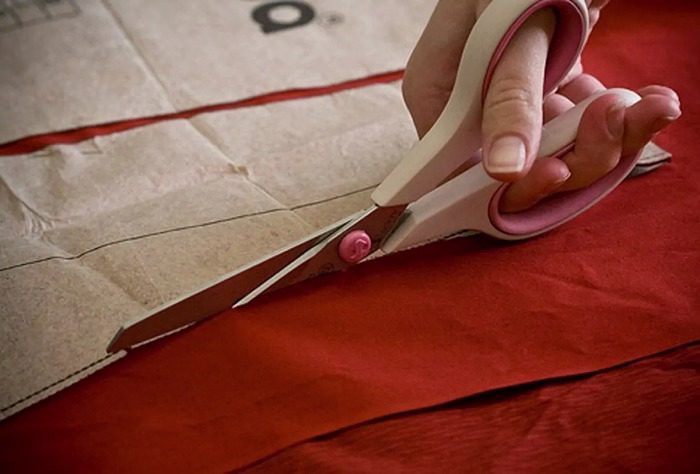
Pipe Cleaners to Clean Machine
If you want to keep your sewing machine running smoothly, you must always ensure it is taken care of and cleaned relatively often. Pipe cleaners are a secret weapon here, as they get into all the nooks and crannies of your machine and clean it in an efficient and effortless way.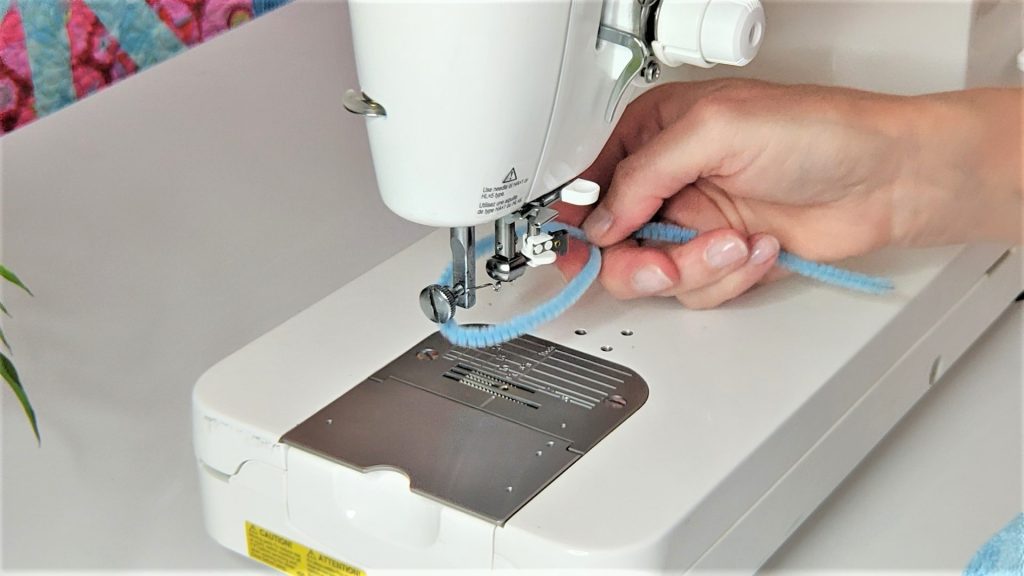
DIY Weights
Holding light fabric down while trying to trace out a pattern can be challenging, especially if you are using those thin fly-away tissue paper patterns, and not a cardboard template. Often, you do not want to use a pen to trace (which can leave marks on the fabric, or to try to hold it in place with many pins if the fabric you are cutting is delicate.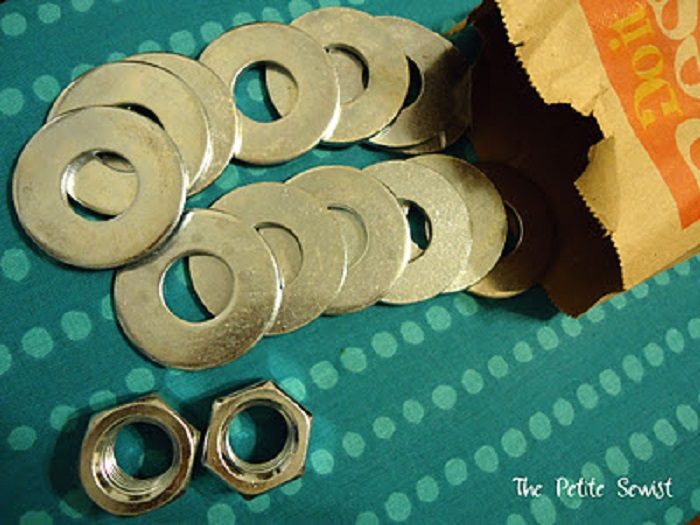
Staystitching
All those who sew professionally or frequently know the importance of staystitching. It is a row of stitches on a piece of fabric to keep its shape intact, and it’s especially used on curved edges or on any jersey or stretchy fabric. This amazing hack will help you with this task!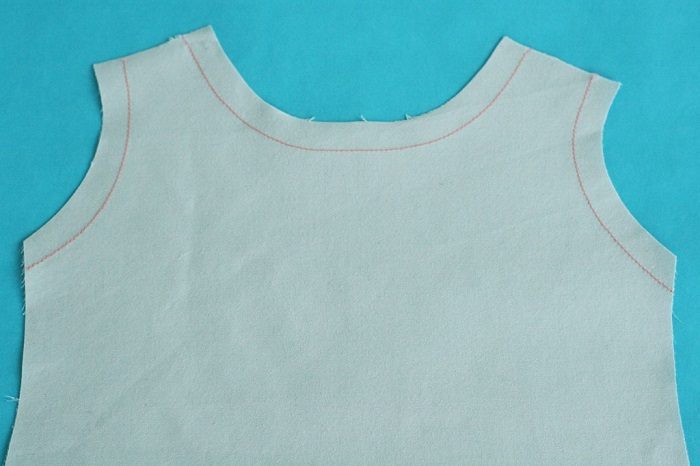
Fray Prevention
If you are tired of finding loose frayed edges on your fabric while stitching and want to stop it immediately, try to use a pair of pinking scissors that have serrated edges. These pinking scissors are spring-loaded and pop open after every cut just like regular scissors.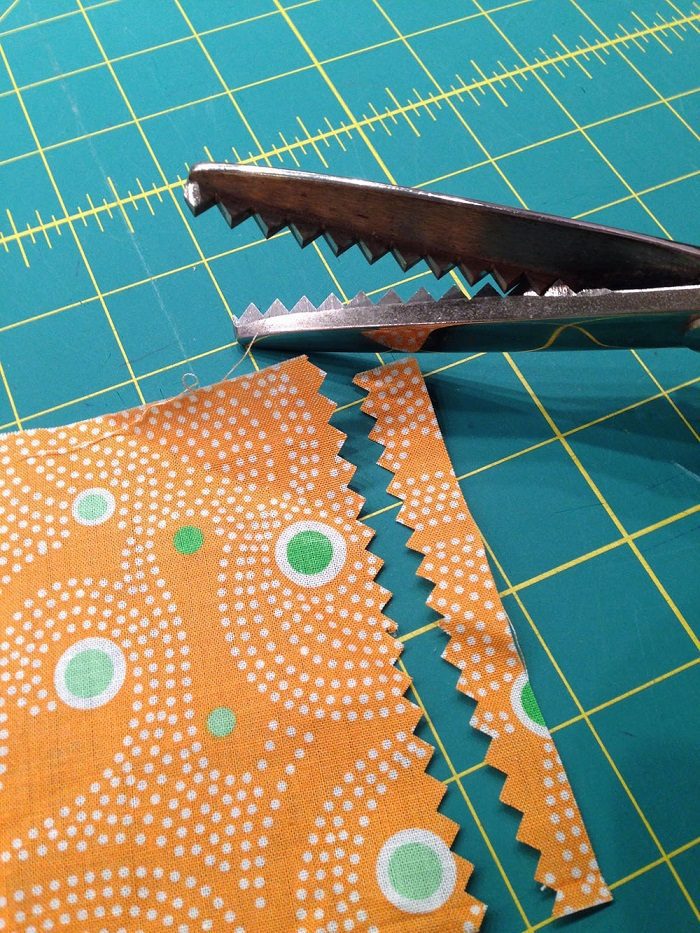
No More Thread Tangling
Threads might tangle a lot while sewing. But, don’t worry, as we have a hack for helping with this annoying scenario. If you have ever taken a look at your tailor’s professional sewing kit, you would surely notice a circular beeswax within easy reach.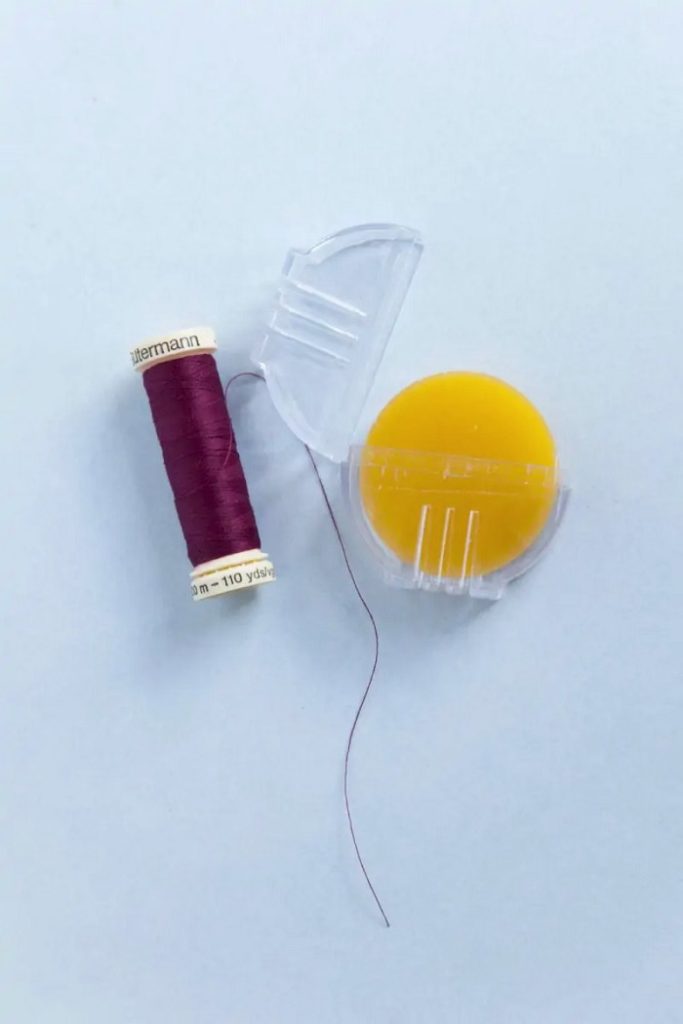
Avoid Pin Hitting
If you are an avid sewer, we can guess that you are exhausted from hitting the pins you use to keep the fabric in place while sewing with the needle of your sewing machine. This is the reason for many needle changes and can slow you down. You will want to try placing the pins horizontally. This way, the pins will not be in your way while you work, plus they will be visible, and easy to remove.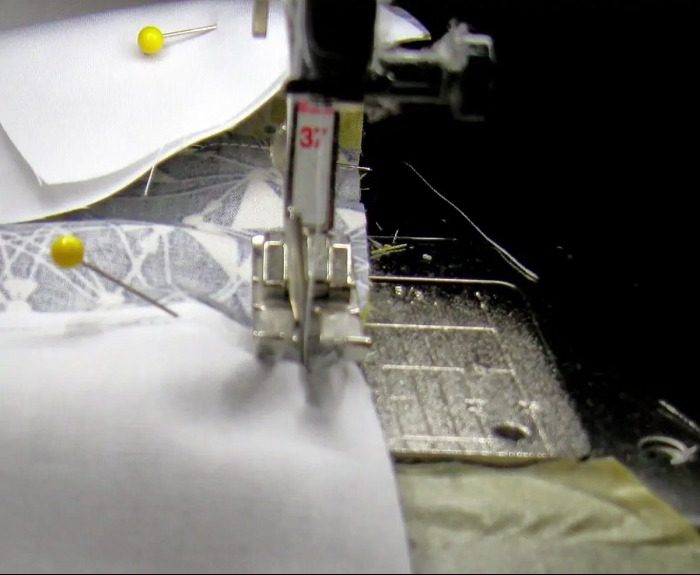
Making Scissors Handy
To say that scissors are only required when you need to cut the fabric in the initial stages of your sewing project is wrong. They are an essential sewing aide needed throughout the sewing process. However, many times, you might forget where you put your scissors.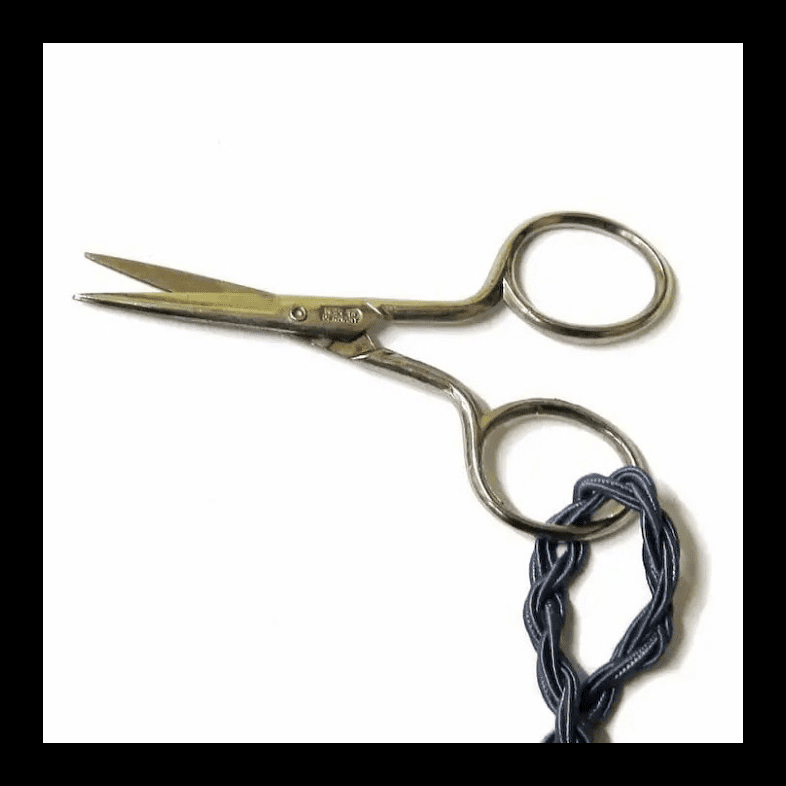
Use Binder Clips
The most common problem while sewing a lightweight or really stretchy fabric is holding the two pieces in place without them moving. There is a fantastic hack that will help you when the situation arises. Use a binder or office clips to hold the layers together without them being able to move or distort.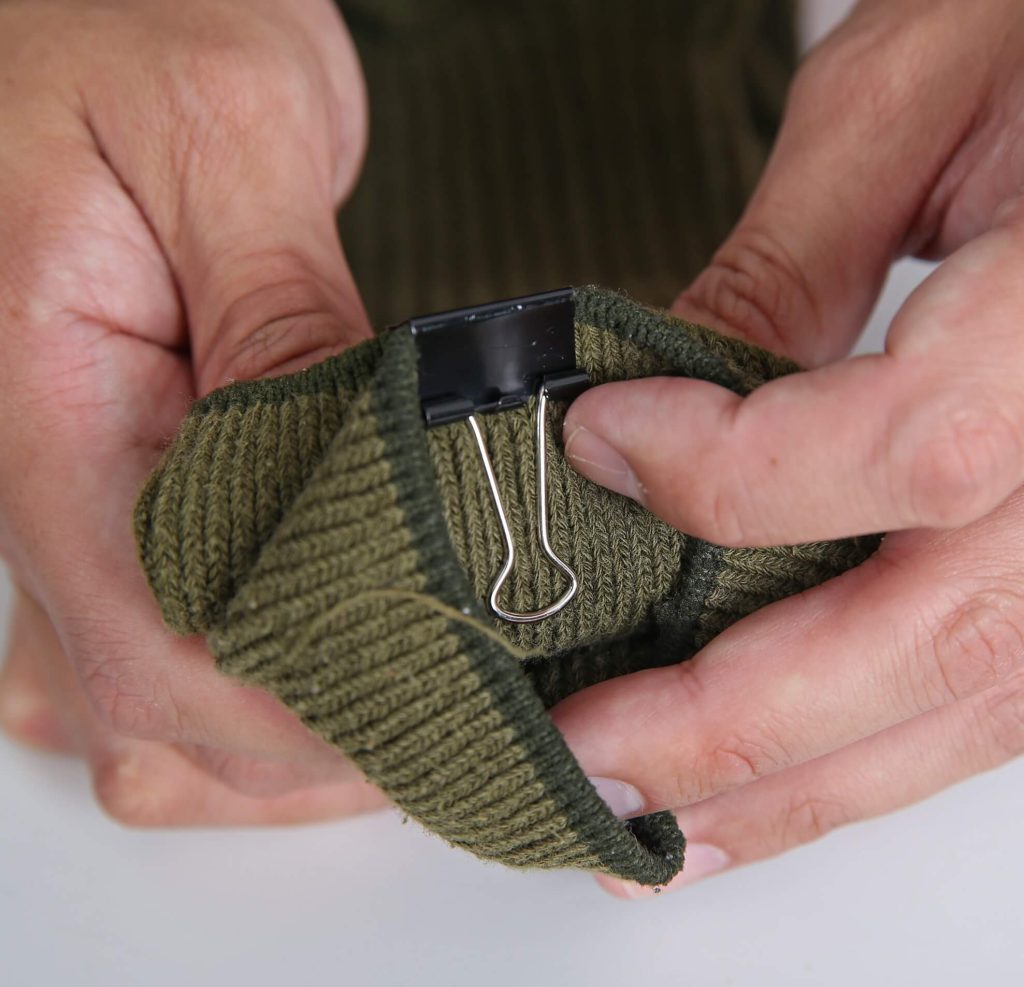
Steel Wool to Sharpen your Needles
Overusing needles and pins can make them dull over time. But don’t worry since this hack will surely help you out with this problem. We suggest you keep your needles and pins in a steel wool cushion. The stainless steel wool will never let your precious needles rust.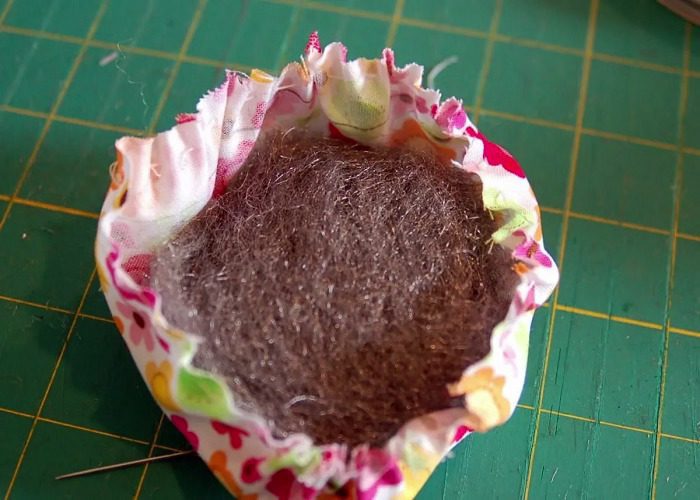
Push the Needle Eye
Whether you sew by hand or with a machine, the most taxing task is surprisingly, the supposedly simple threading the needle because often the edge of the thread frays, making it hard to use. It becomes annoying for you to cut the end of the thread over and over again.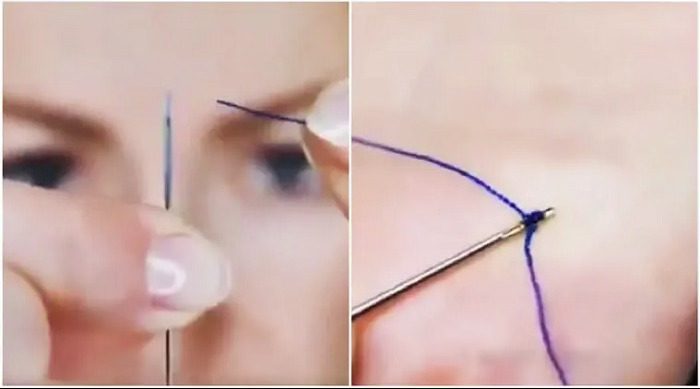
Magnet Hack
Having all your tools and equipment at hand when you need them the most is what everyone wants, especially when they are very tiny yet extremely important, like pins and needles. But there is a hack other than a pin (or steel wool) cushion to keep your needles and pins in one place.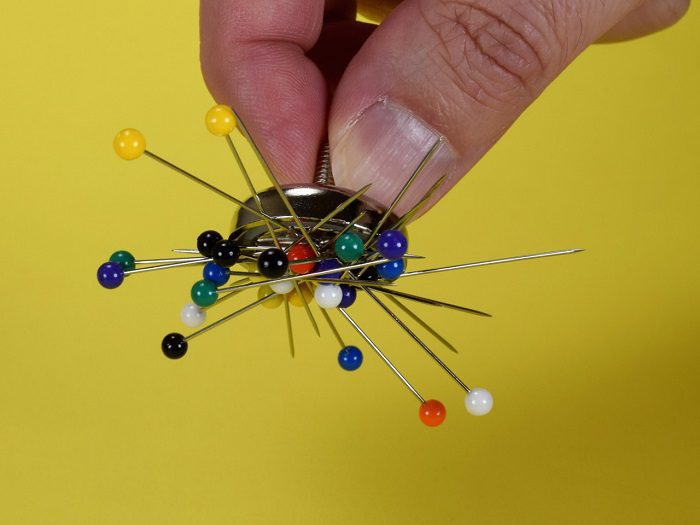
Soap Pin Cushion
As we have already established, pins are crucial for the sewing process, whether you are using a machine or just doing a quick repair to a pair of holey socks! And it’s important to keep all your pins within easy reach, as you don’t want to have to stop what you are doing so that you can search for the much-needed pins.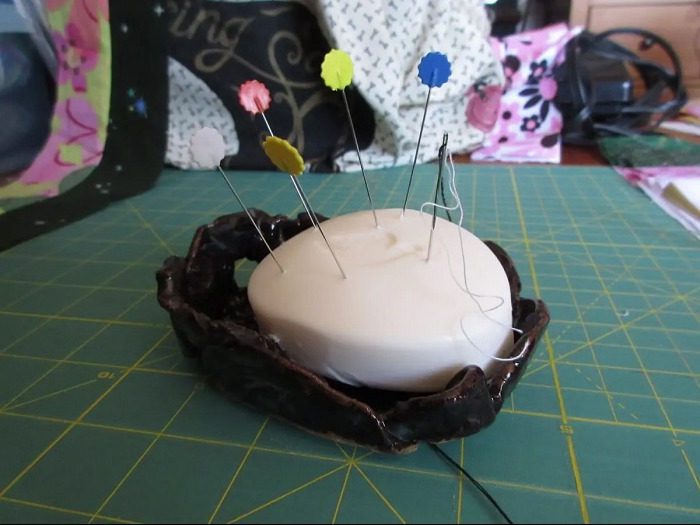
Old Blankets for Batting
Soft, wooly blankets are still preferred these days as they are warm, breathable, and are made up of natural fibers. But with time, they loose their “newness” and start becoming not as welcoming. However, you don’t want to discard them. Here is a way you can use them efficiently!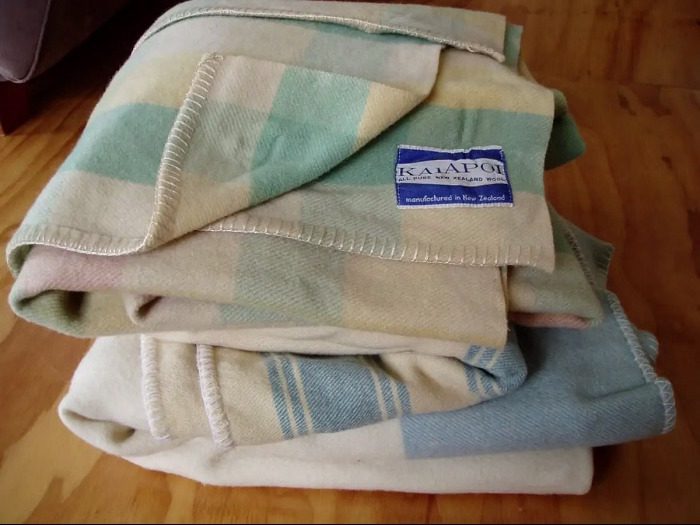
Hold the Drawstring
We all love to wear hoodies in winter since they are super snuggly, and you don’t have to worry about putting on a beanie or earmuffs. Yet, sometimes the most frustrating task with a hoodie is trying to fish the drawstring through the tiny hole if it has gotten lost in there somewhere.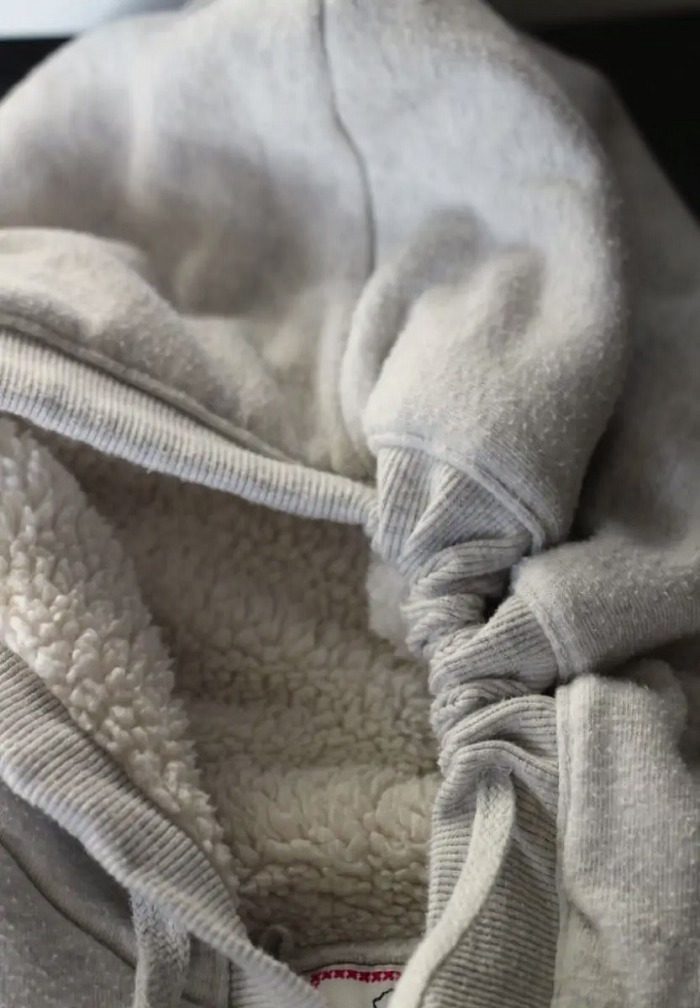
Serger Spool
While sewing on a machine, some people have a hard time dealing with the task of needing to change the thread over and again as the spool empties, and you might not know that you can use more oversize and long-lasting serger spool on a non-serger-type, regular sewing machine. Yes, you can do it!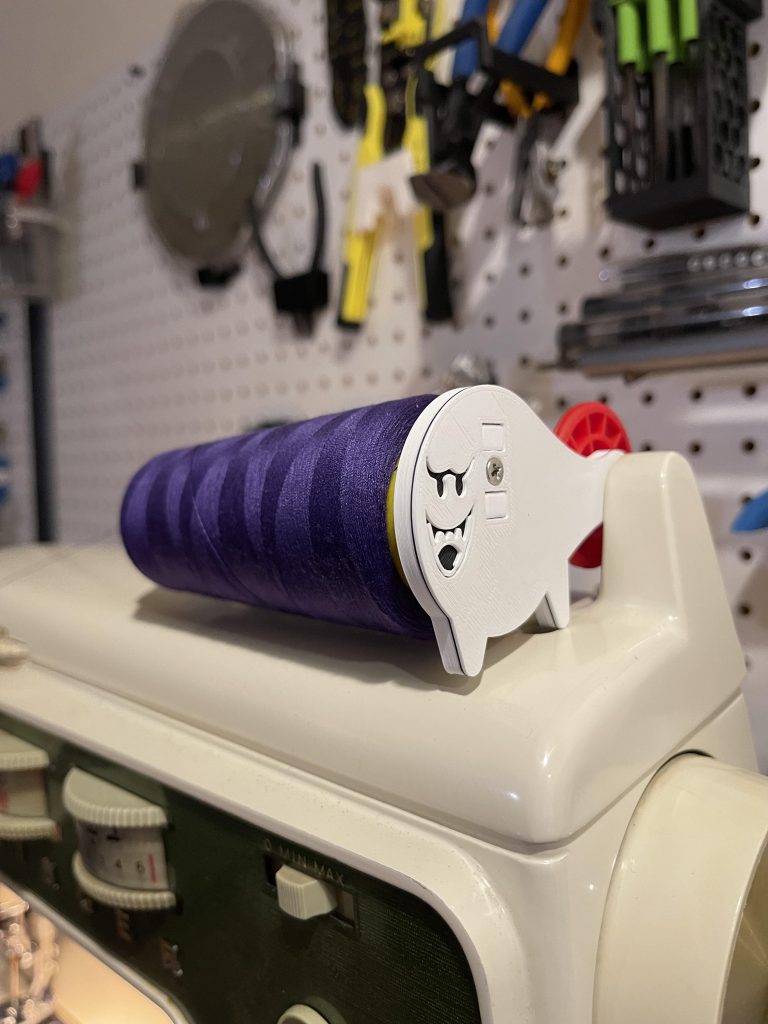
Seam Allowance
Seam allowance is the exact measurement in from the edge of the fabric that you need to stitch on to ensure straight, and perfectly sized items. To get the seam allowance accurate need not be a daunting task, especially if you take into consideration this simple hack.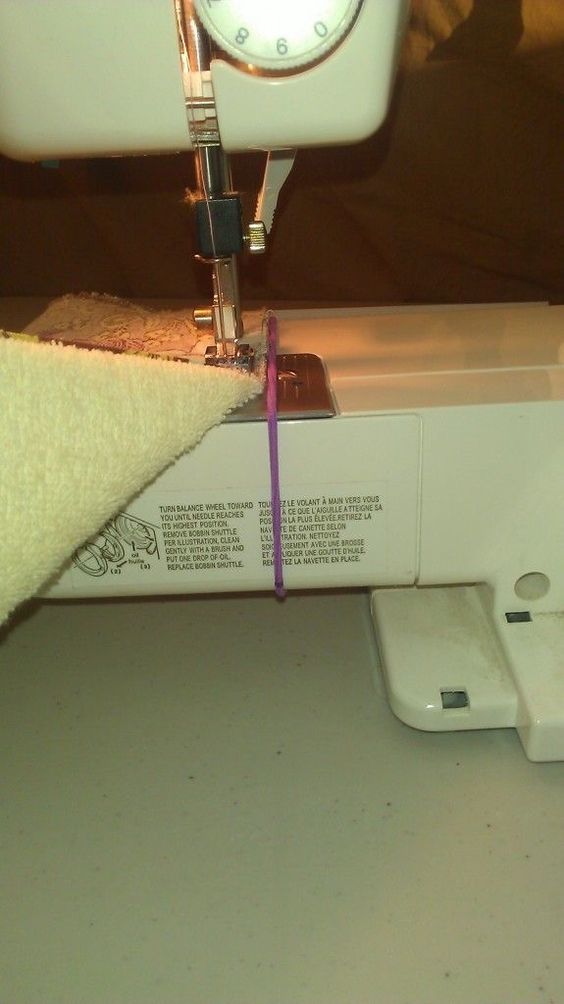
Make Your Bias Tape
Bias tape is very much needed in many sewing projects, including quilting as it allows you to place a neat and professional-looking border around the rough edges of your creation. However, ou don’t need to run to the market when you’re in need of expensive bias tapes as they are very easy to make at home.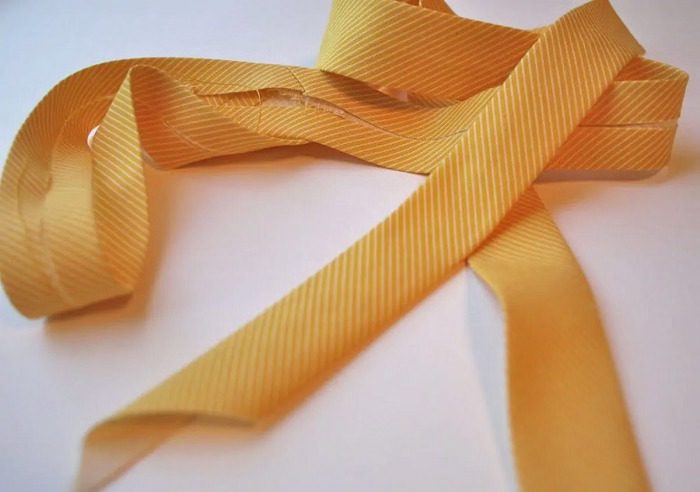
Stitching Tip
Whether you are a beginner or a professional, you must ensure that your sewing machine is executing proper stitches, with the right tension, and thread length. Otherwise, your project can get ruined. So, always do a trial run on a piece of scap in the same fabric before actually working on your main item.
Elastic Threads
Custom pieces and one-of-a-kind clothing items add charm and can enhance your personality. Instead of always using regular thread, you can also try using elasticated threads as they are perfect to sew shirring smocking and gathering on loose lightweight fabrics for all kinds of garments and home decor.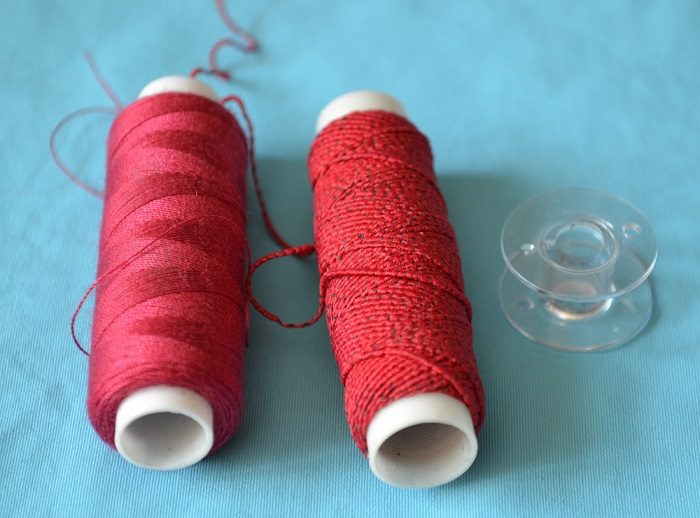
Wash Your Fabric Before Stitching
Those who sew frequently know how different fabrics can be from each other, and some need special care. In many cases, it is vital to pre wash your fabric before you start to avoid it shrinking afterwards. Pure cottons and other natural materials are prone to shrinkage.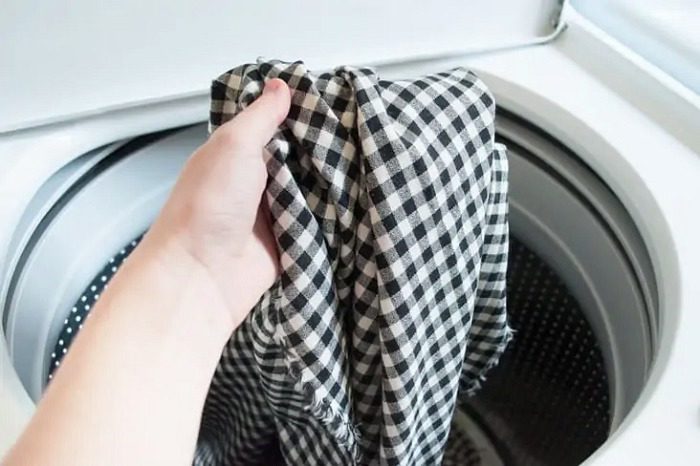
Safety Pins for Bodkins
While stitching loops in hoodies and waistbands, you need to make sure that the loop is wide enough to get the string to glide easily through it. However, there are many times when your strings do not have bodkins.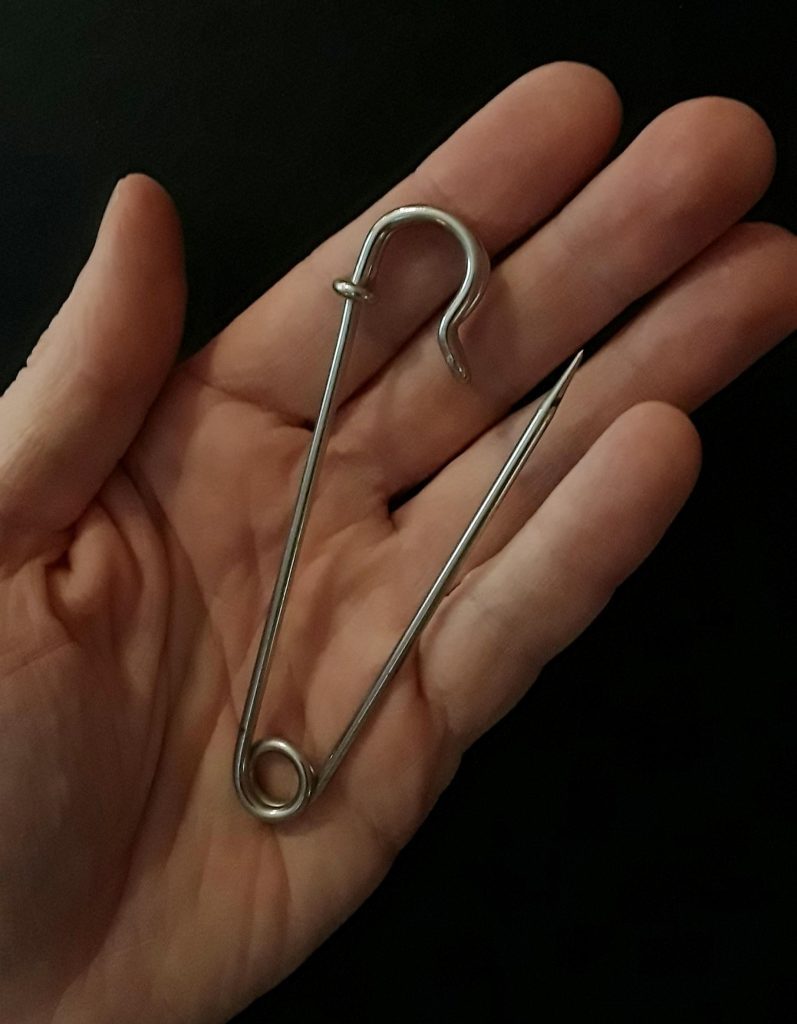
Thumb Marker
Making evenly spaced stitching patterns is very important, especially when you’re sewing by hand, as these things are already customized in sewing machines. Besides, these even spaces show your expertise and result in a professional-looking item. We have a fantastic hack that will help you a great deal!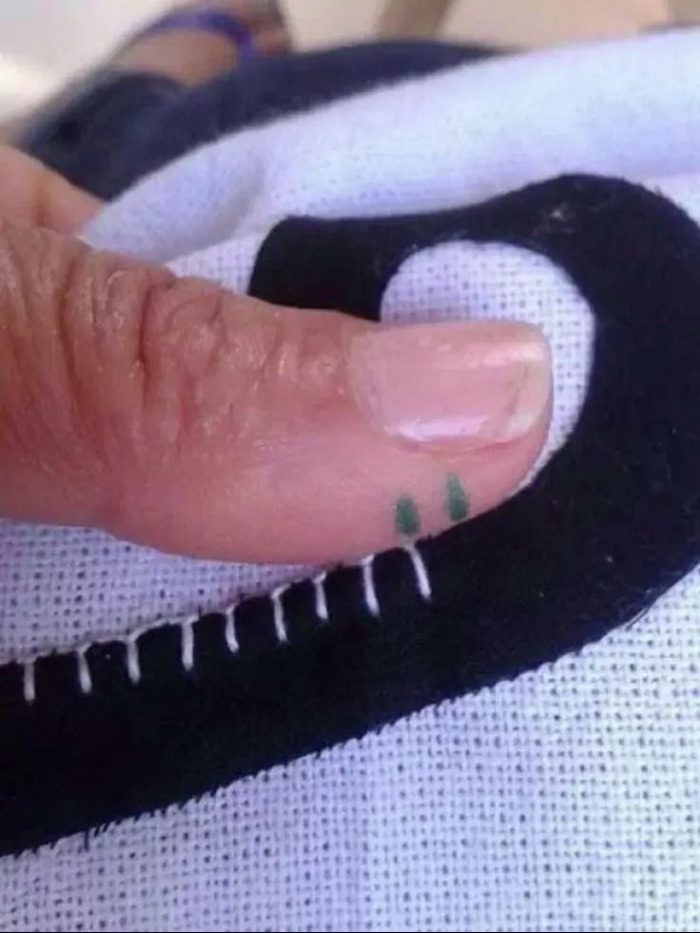
Jean Repair, No Tailor or Seamstress Required
A high-quality pair of jeans will actually save you money in the long run, because after all, jeans were originally designed to take a beating and are a hard-wearing, and durable fabric. Nevertheless, there are a few hot spots that wear out faster than others. Fear not, you’ll simply need a sewing machine and a matching-color fusible interfacing for this fix.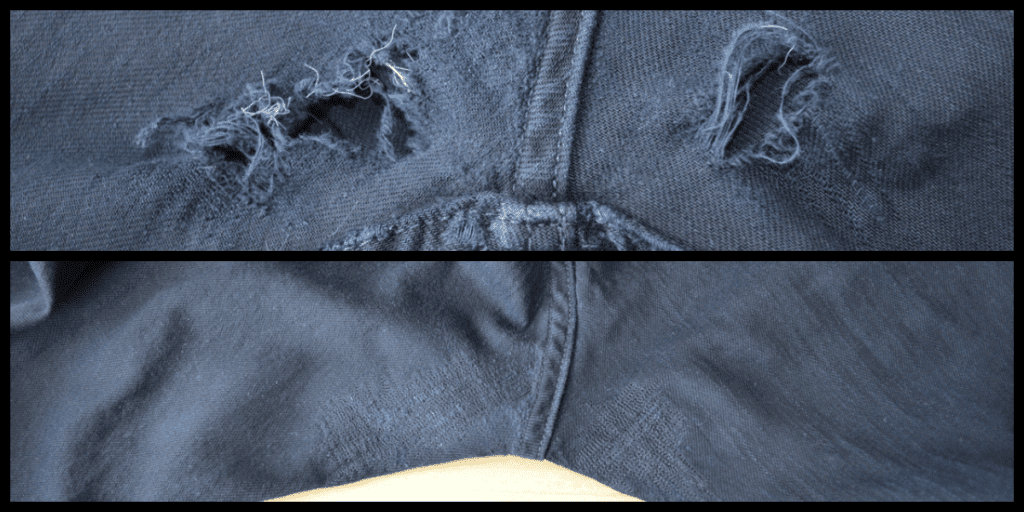
Make Skinny Jeans
Sometimes, that good pair of jeans don’t have holes in them but, instead, aren’t quite your style anymore. Fashion trends come and go, and it can be difficult to keep up without buying into fast fashion. So, why don’t you try this trick?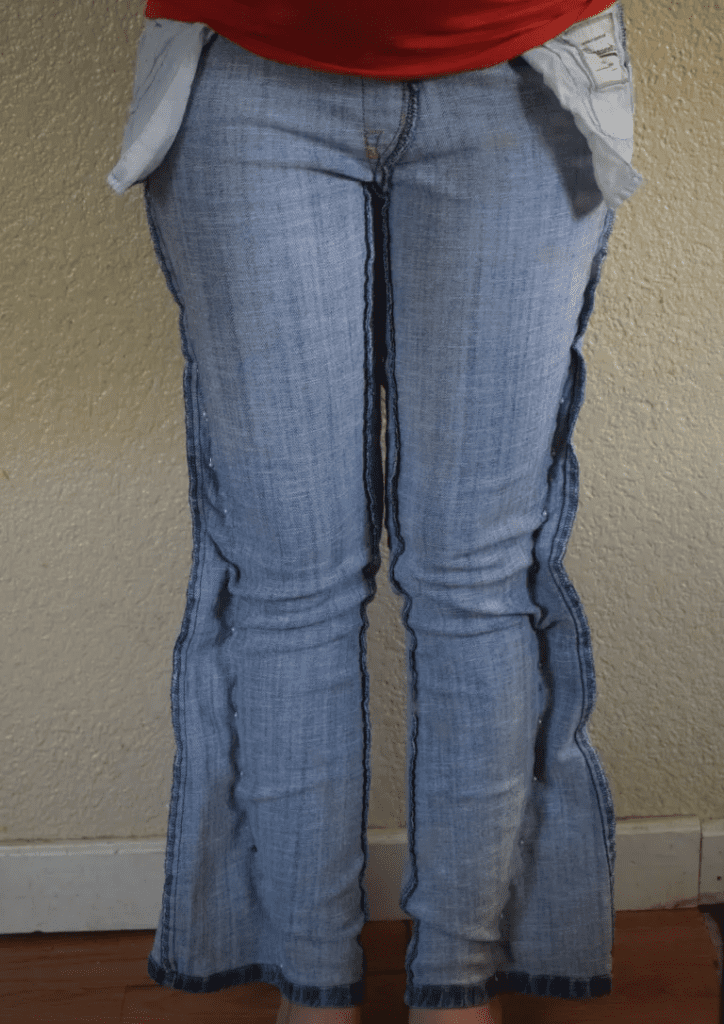
Make Ruffles with Fork
Ruffles, lace, and other decorative details are often used to embellish the wrist or neckline of a dress as they enhance the look of the outfit. If you are fond of sewing, you can learn to make them by yourself.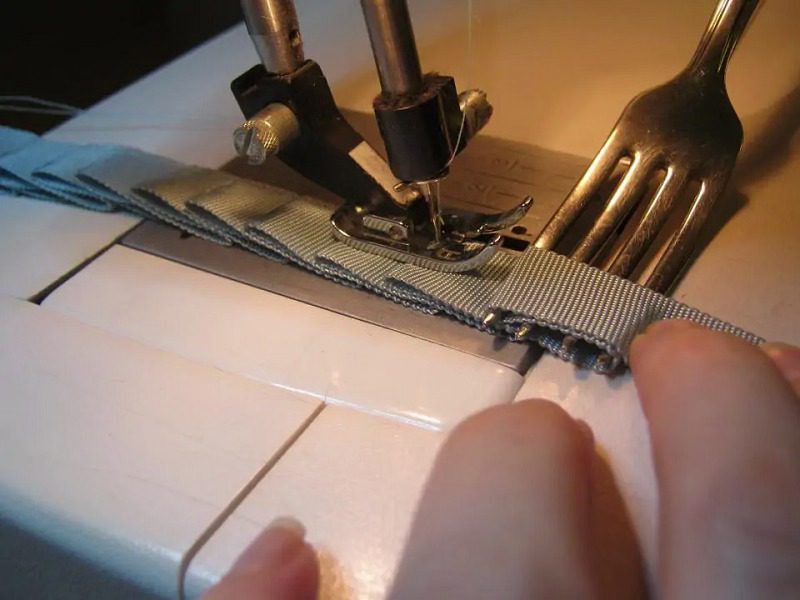
Seam Ripper
It’s natural to make mistakes. With sewing, it’s easy to fix some accidental mis- stitching. Whether you pieced together the wrong fabrics or don’t like how it came out, you can easily undo the stitching and give it another try.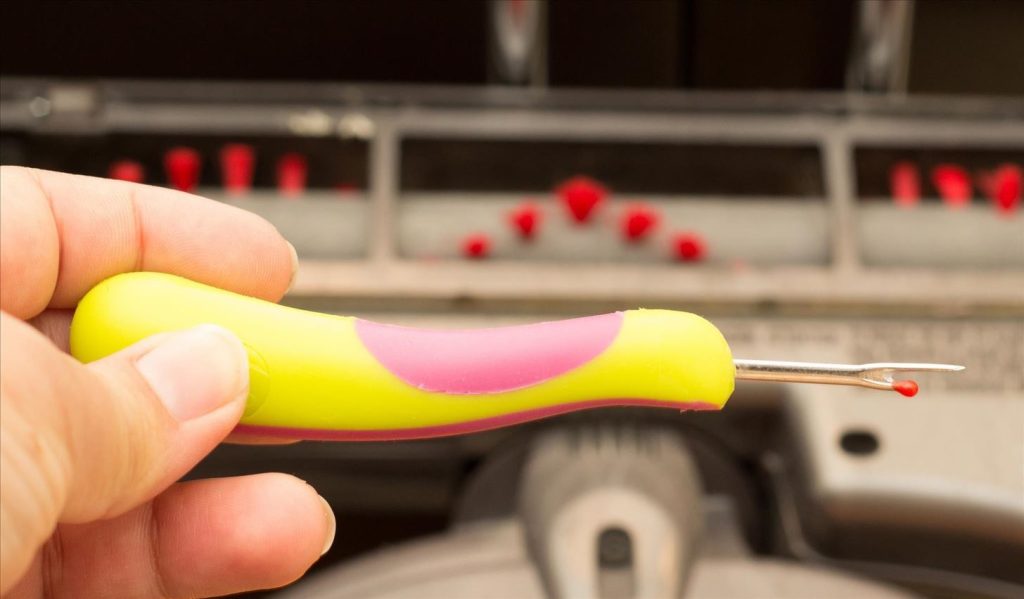
Easy way of Using Serger
Many prefer sewing with this machine since it speeds up the entire process. The credit goes to the serger that makes sewing easy! But you must know the right way to use a serger to ensure the edges are neat and the tension and stitches look good.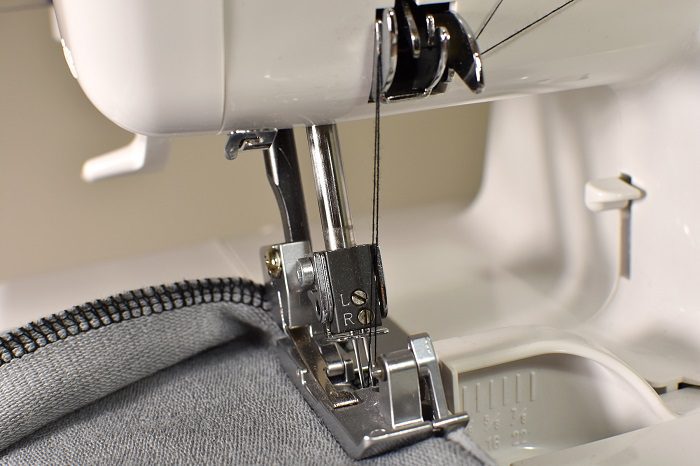
Sewing Buttons
When you have to sew only a few buttons, it is ok to do it by hand, but you need a machine when there are many buttons to attach to a given article of clothing. Sewing many buttons with a machine is not as hard as it seems. Let’s find out our next sewing tip.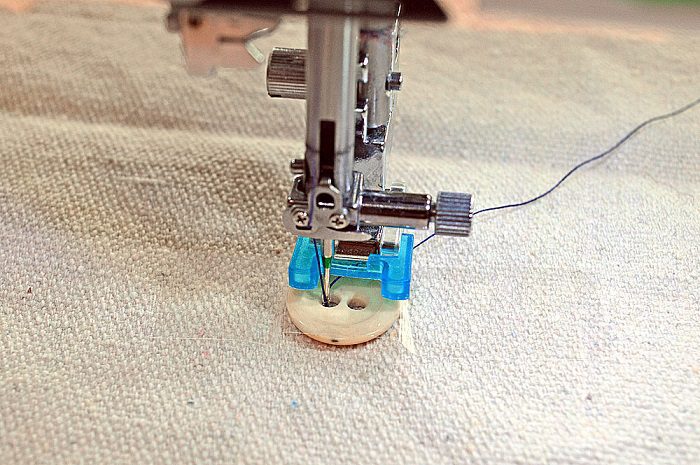
Install Zipper Easily
If you think that putting in a zipper is hard, that’s a myth. Now, you can install a zipper very easily with this trick. Keep the needle on the left-hand side and begin sewing along the right side of the seam.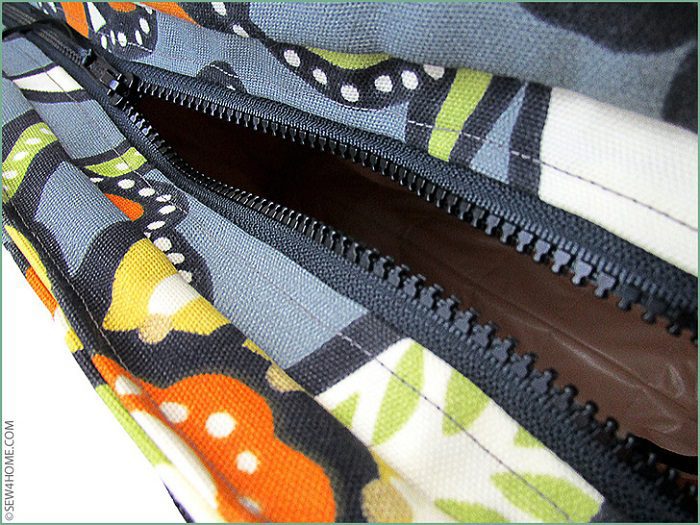
Stitching Bulky Fabric
You love to sew home decor at home. However, the fabric used is often too bulky to be sewn smoothly. Don’t worry, as this amazing hack will sort out your problem in seconds, leaving you ready to tackle anything.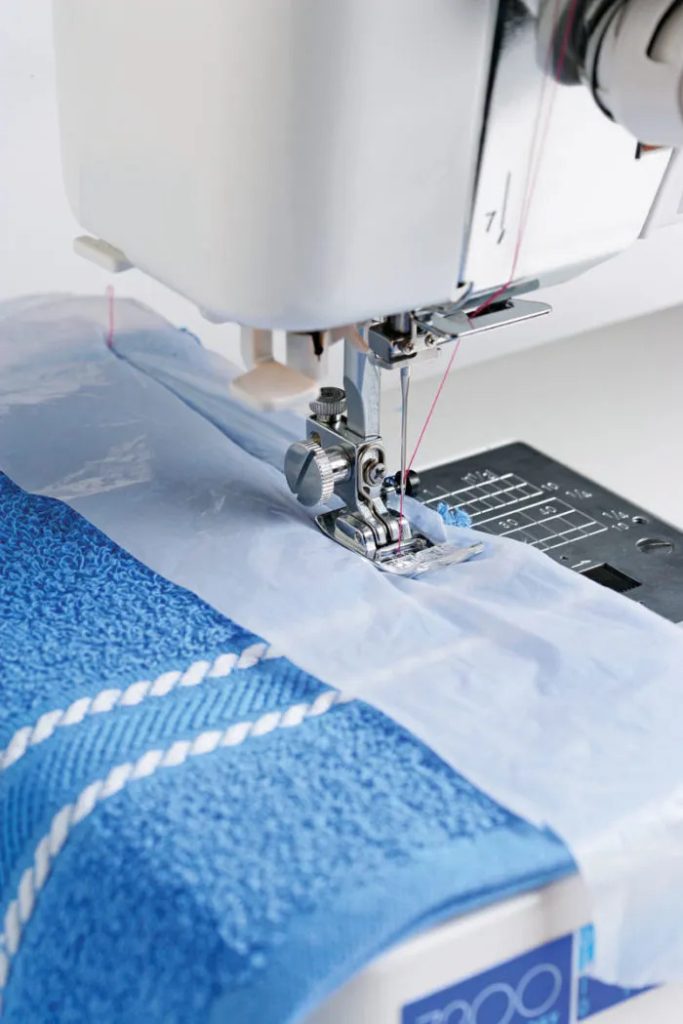
Sewing Buttons by Hand
Sewing buttons by hand is a helpful skill. You may be all set to go out, and all of a sudden, a button from your dress falls off. It’s very annoying, but we can surely let you in on a trick that will help you sew a button back on in no time.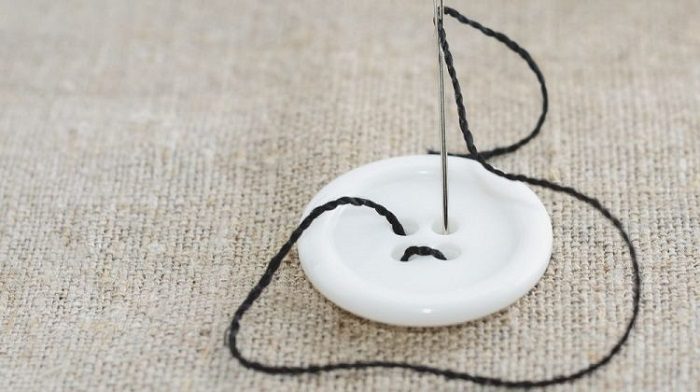
Making Crisp Corners
While sewing shirts, you might become anxious about making crisp corners as they make the garment look neat and professional. Let’s discover some ways of making sharp corners. You can always turn the fabric inside out when sewing for a perfect corner.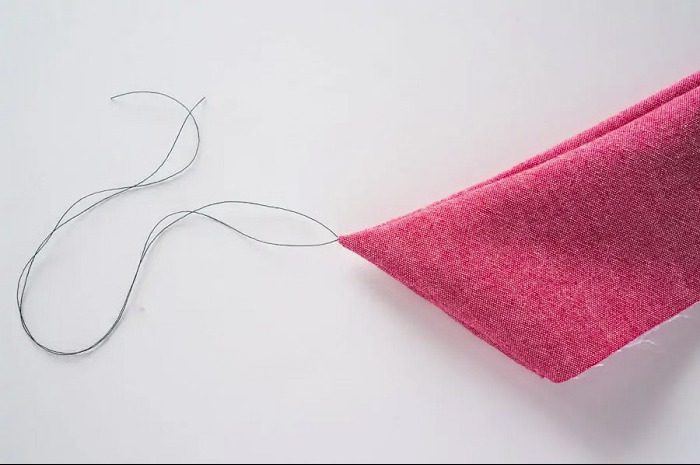
Remembering Skirt Length
When making skirts, it is very difficult to remember the length as each skirt has specific measurements. And of course, you can’t remember all the things. Let us go back to our school days for a perfect solution to the problem.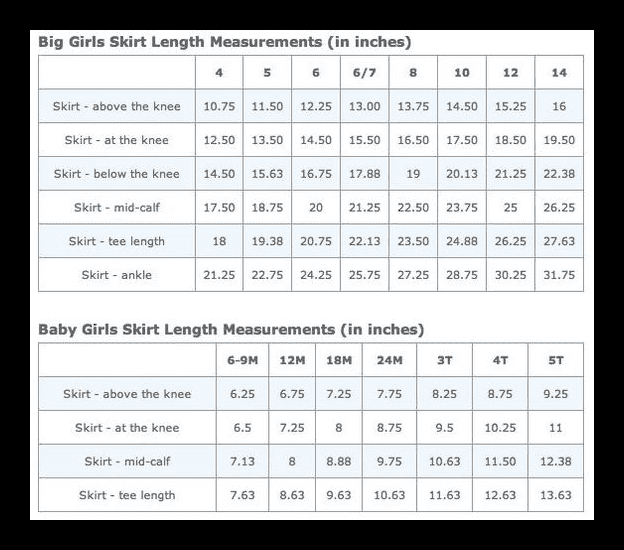
Toe Separator for Bobbins
You must have a collection of bobbins if you sew with a machine. However, they are very tiny. Reeling them when you are in a hurry is not ideal. Let us share a simple hack to keep your bobbins well organized and ready for use.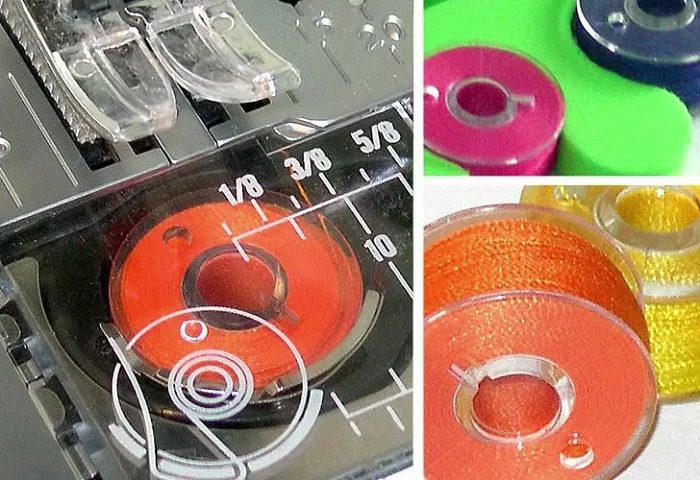
Stitching the Perfect Quilt Line
Those who are fond of stitching quilts at home understand the struggle of stitching perfect quilt lines, as the excessive width of the quilts makes it tough to stitch proper lines. We believe this hack will help you with this problem.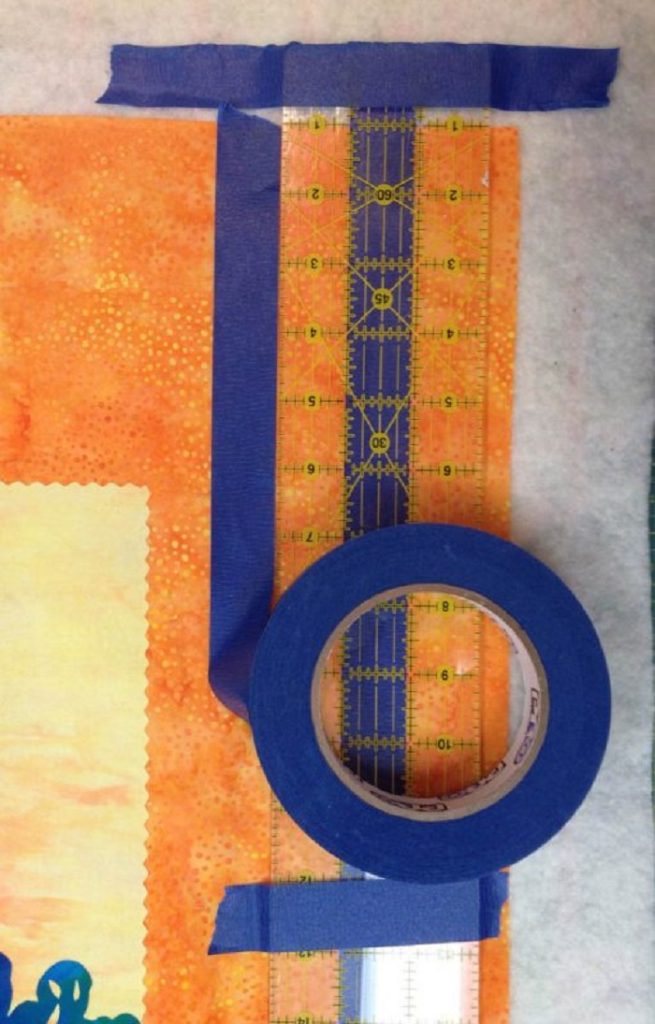
Marking Perfect Seam Allowance
While stitching the edges, you always ensure that the seam allowance is the proper width. In the beginning, it makes it easy to loosen the garment if you wish and provides double protection to your stitches. This hack is simple yet very effective.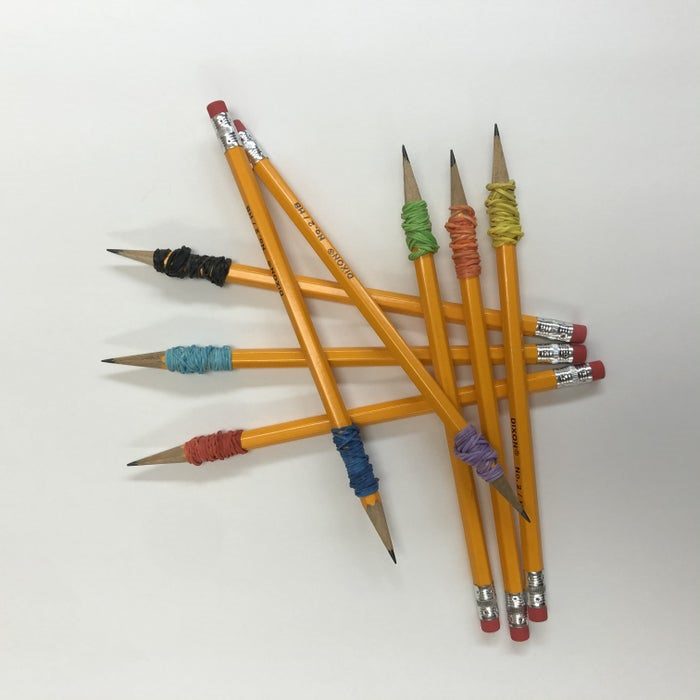
Secure Your Buttons
Buttons can make any piece of clothing look fabulous. And losing a button is losing a lifeline of your dress. Don’t get tense, as this hack will surely help you out in keeping your buttons where they are meant to be for longer.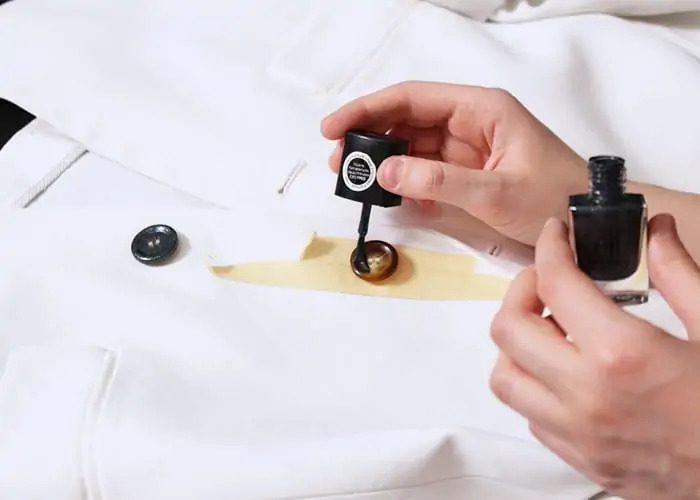
Organize Your Trim
Trims are applied notions and haberdashery, such as gimp, passementerie, ribbon, or ruffles that you use to enhance the overall look of an item of clothing. Most of the time, they are very thin, and you need to keep them safe so they won’t get tangled.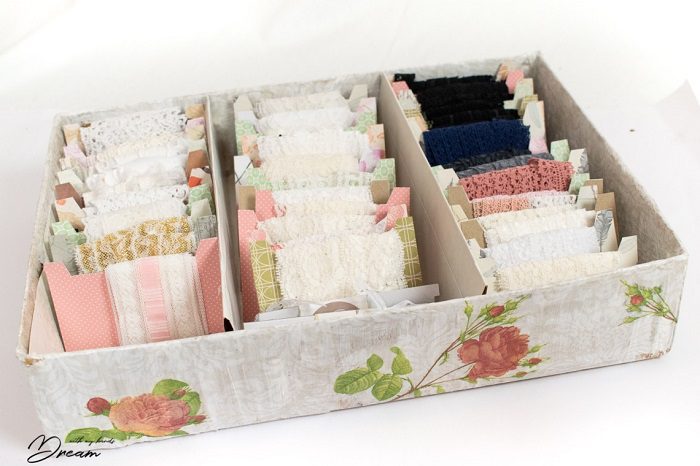
Gathering Fabric Easily
When you are making a garment with many gathers in it, such as a skirt waistband or a vest neckline, you need to gather fabric very quickly. And the fabric used for these garments is usually too hard or stiff to be manipulated easily.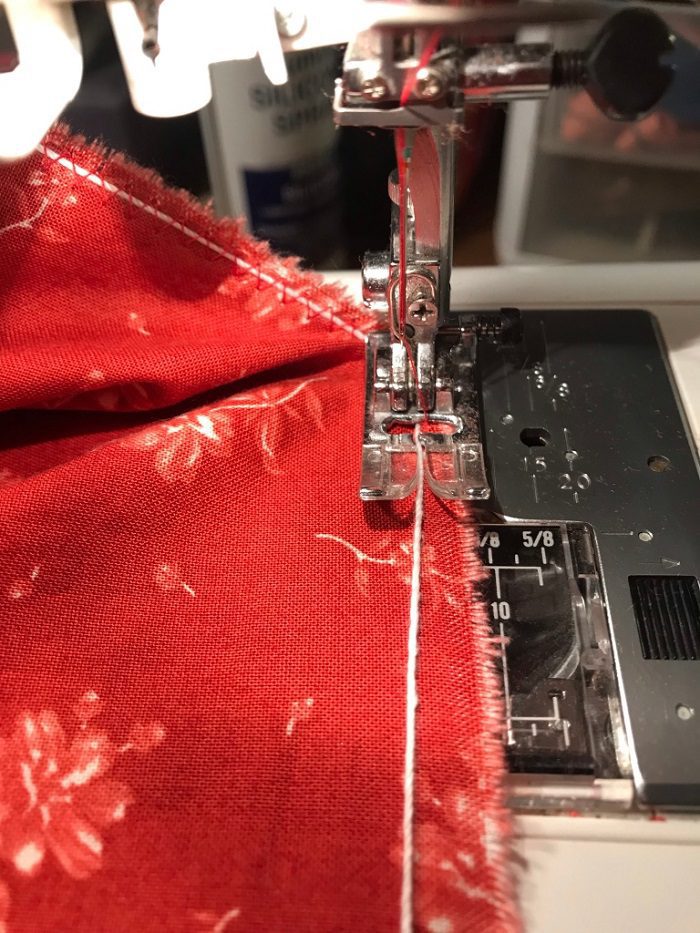
Organize Your Sewing Pins & Needles
Pins and needles are the tiniest yet the greatest equipment for sewing. You can’t replace them with anything else. However, keeping these pins and needles safely in place is very challenging. This hack is here to save the day.